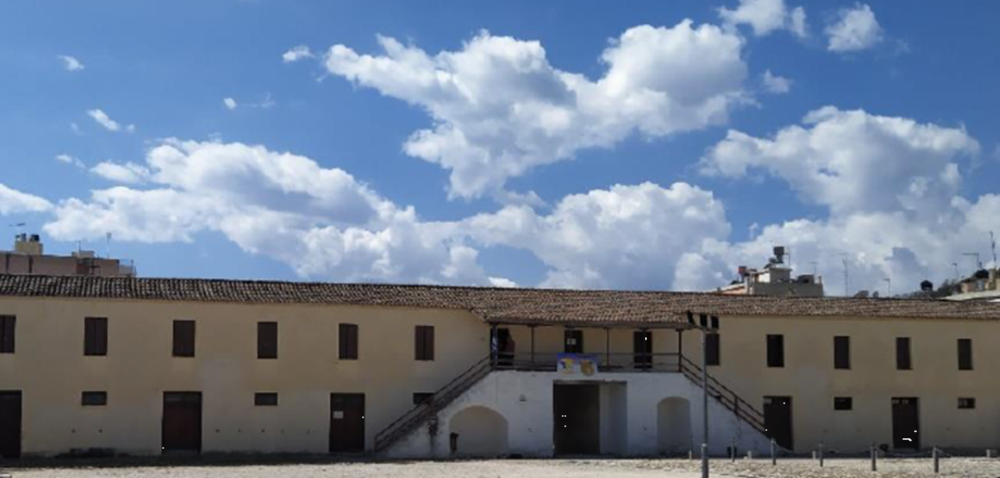
In the reuse of the eastern wing of the former Kapodistrias Barracks and the installation of the Epigraphic Museum of Argos, the Ministry of Culture proceeds, after the unanimous positive opinion of the Central Archaeological Council, which approved the necessary studies.
As the Minister of Culture Lina Mendoni said, “The project restores and modernizes the building of the two-storey eastern wing of the Kapodistrias Barracks – with an area of about 650 sq.m. – after twenty years of abandonment.”
According to the studies, the overall upgrade of the building is planned, both in terms of energy and aesthetics, as well as the preservation of its basic building characteristics and its historical and monumental character. The project concerns the structural restoration of the two-storey eastern wing of the Kapodistrias Barracks and provides for its functional restructuring to incorporate public service uses and improve accessibility for employees, the public and people with disabilities.
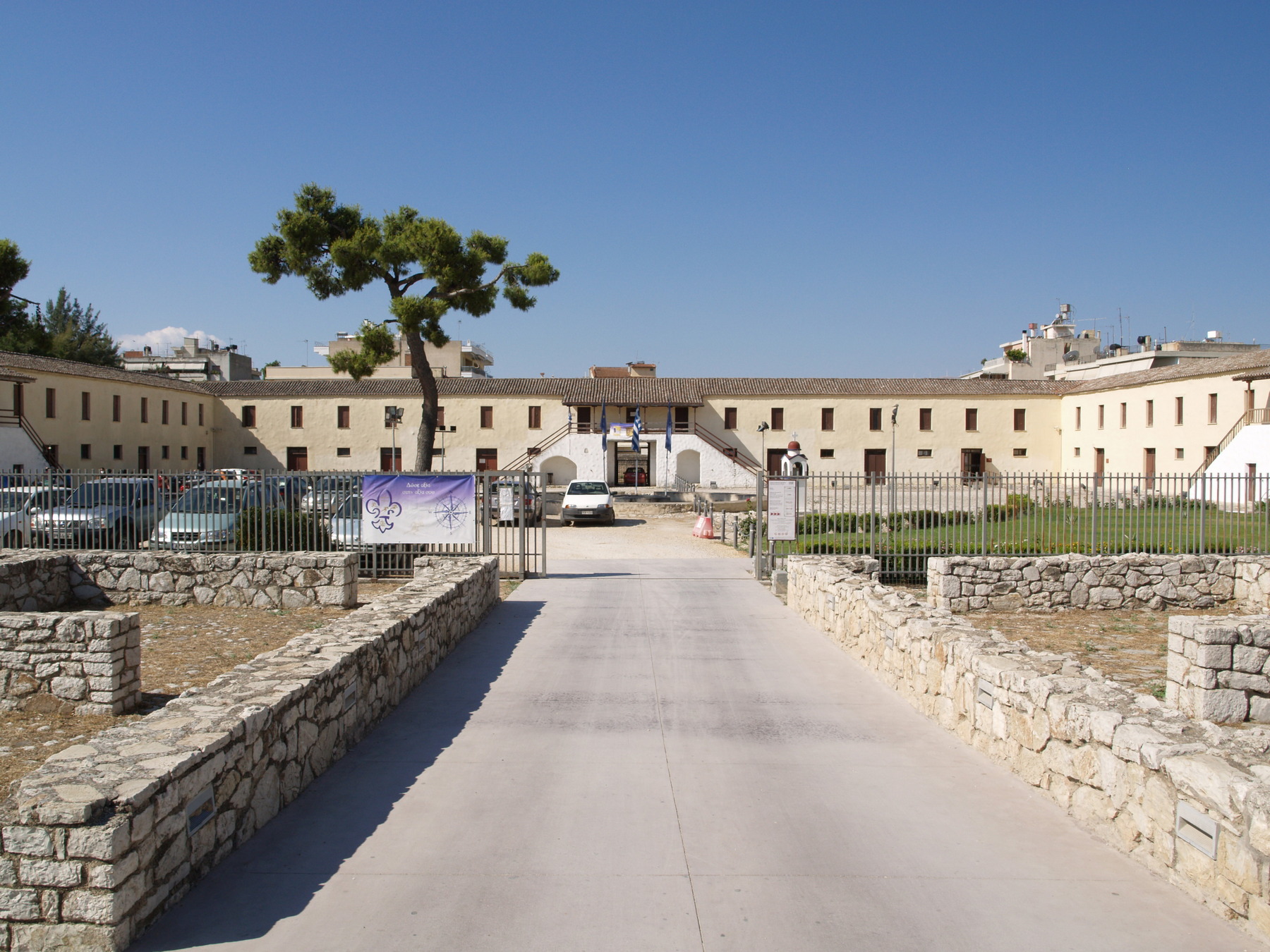
The Kapodistrias Barracks complex in Argos
The building complex of the Kapodistrias Barracks is characterized by the simplicity of its morphology, the clear geometry of its volumes and the symmetrical organization of the space. It was built in the period of the Second Venetian Occupation, before 1701, and had various uses – barracks, hospital, market, post office. From 1828, after the establishment of the Greek state, Governor Ioannis Kapodistrias focused on the necessity of creating a cavalry. The barracks were completed in 1829. In 2011, the west wing of the building was converted into a Byzantine Museum. In 2022, the Municipality of Argos-Mycenae decided to grant the use of the eastern wing for the creation of the Epigraphic Museum of Argos.
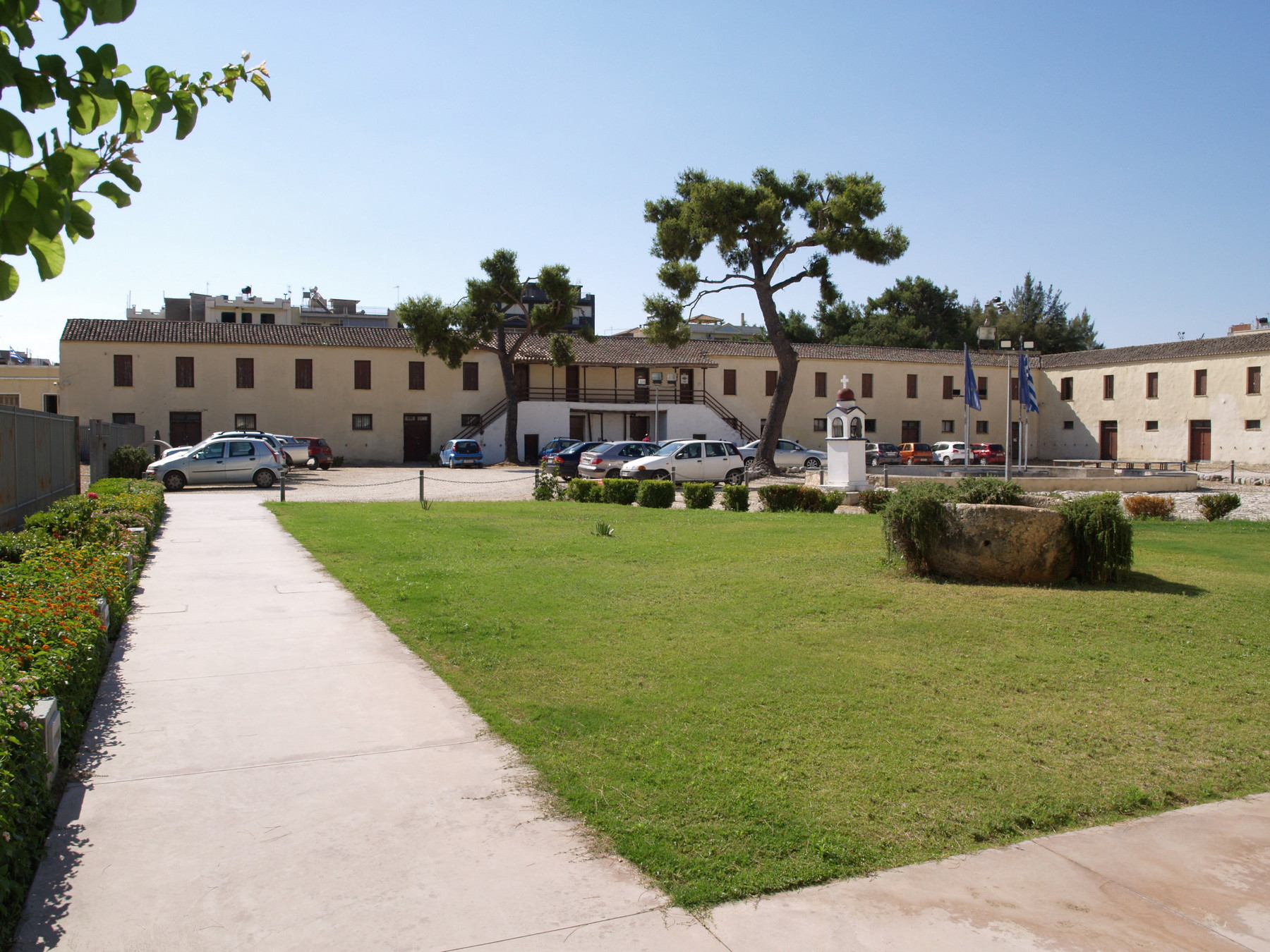
The Kapodistrias Barracks complex in Argos
The Epigraphic Museum of Argos will exhibit -in addition to other valuable inscriptions- a unique set, consisting of 136 bronze inscribed paintings, which came to light 22 years ago, during excavation research in the plot of Smyrnaeus in Argos, and are part of the archive of the sacred treasure of Pallas, where the sacred money of Hera was kept. The finds constitute one of the most important archaeological discoveries of the last decades, providing important information on the economic life of Argos, the democratic institutions, as well as numerous other functions, from the end of the 5th century to the middle of the 4th century BC.

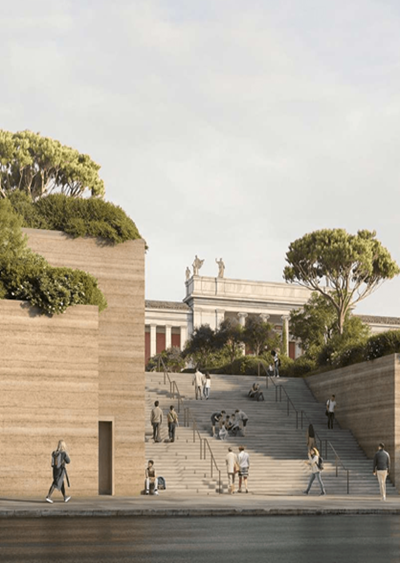
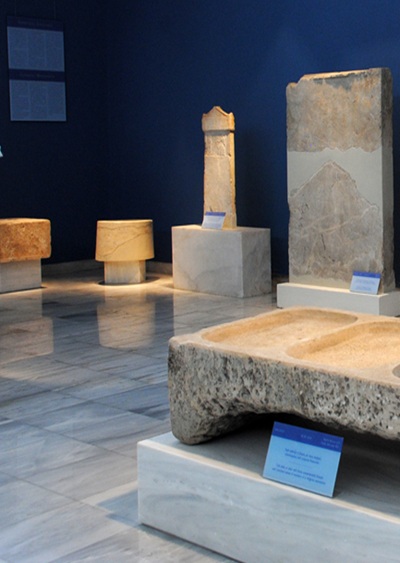
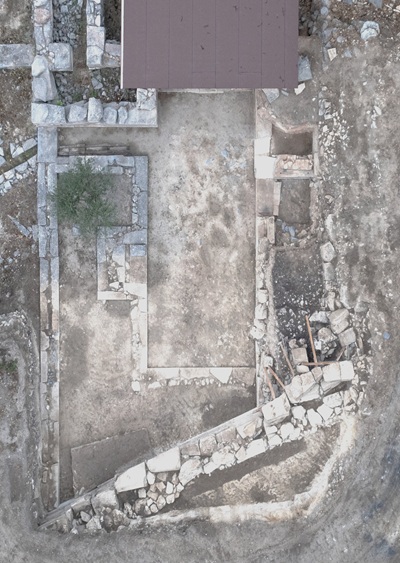
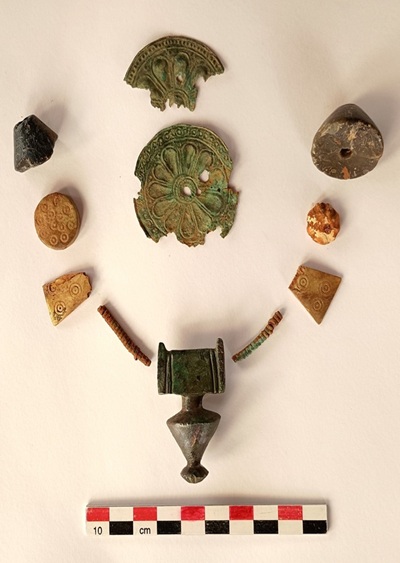


Leave A Comment